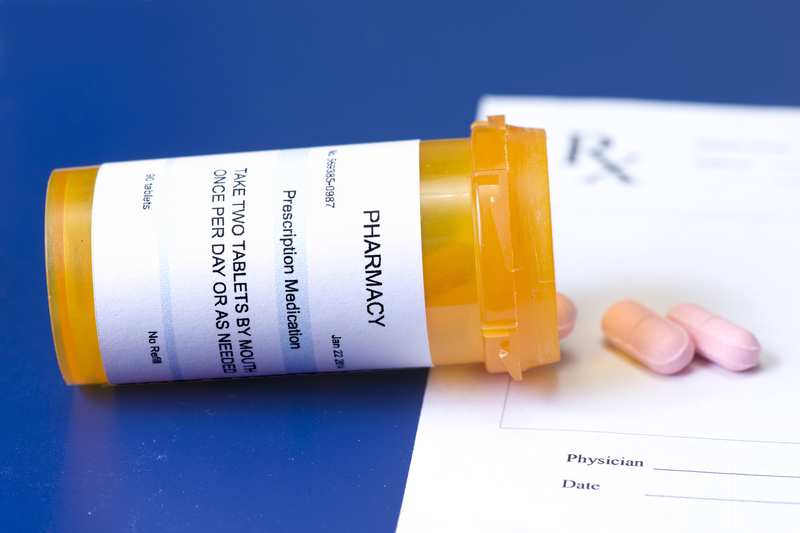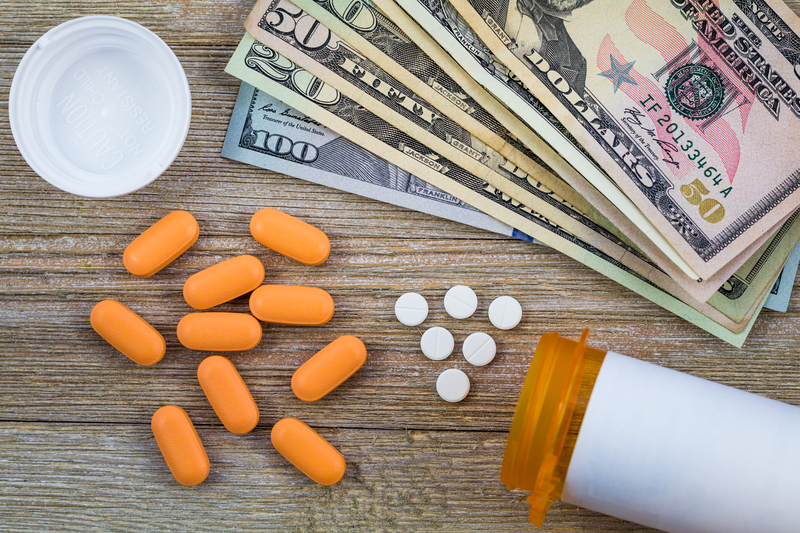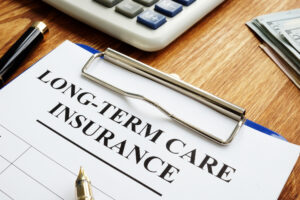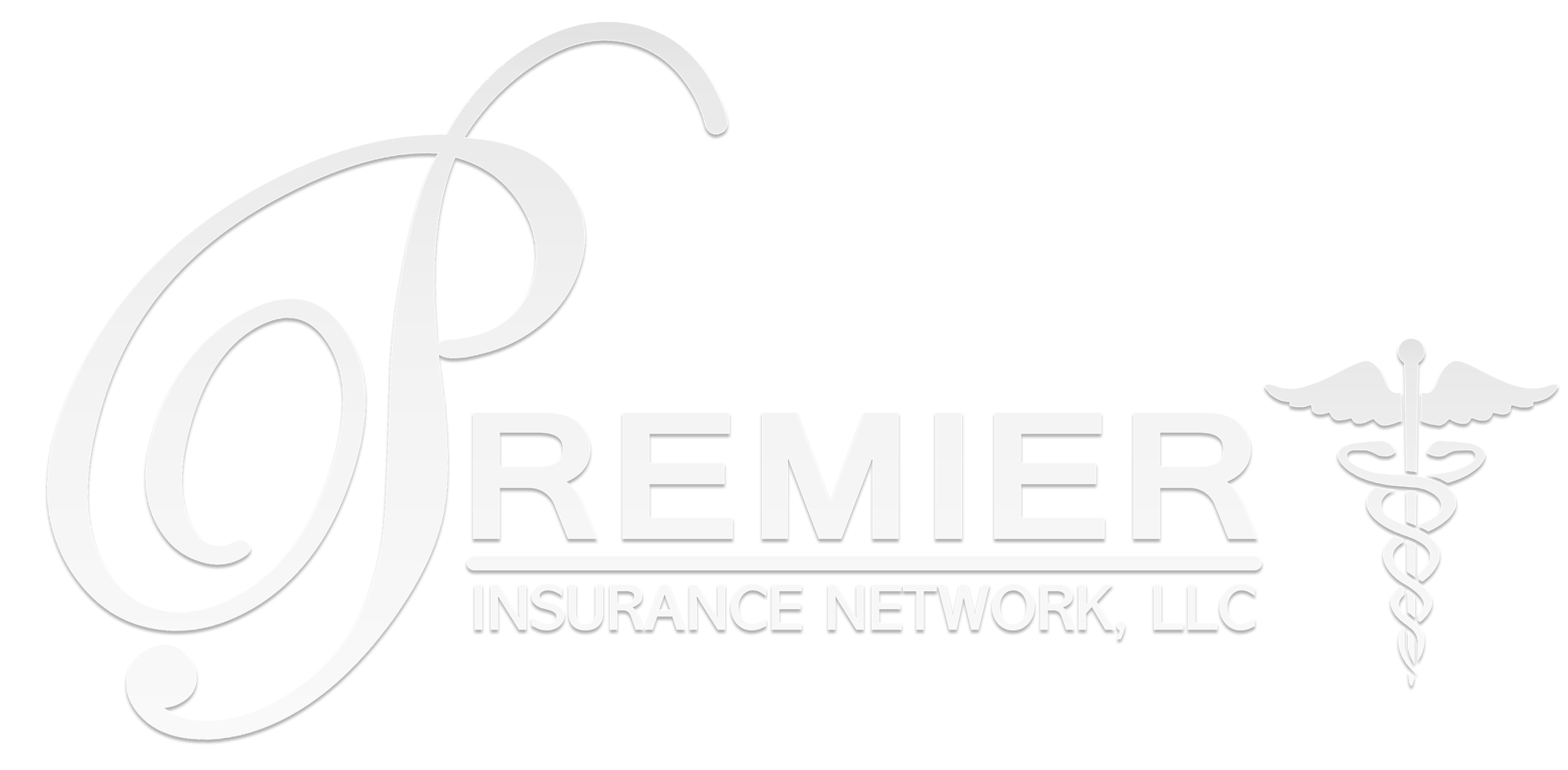In 2021, prescription drug spending surged to $378.0 billion, marking a 7.8% increase. To manage these rising costs, Medicare beneficiaries can enroll in a Medicare Part D plan. Although beneficial, Part D plans might still pose financial challenges to many. Several strategies and aid programs exist to mitigate this burden. If you or someone you know is finding it challenging, as many people are, to manage the cost of prescription drug, there are strategies and assistance programs available to help ease the financial strain.
How The Extra Help (Low-Income Subsidy) Work:
Extra Help is a federal assistance initiative designed to aid those with limited resources in affording their prescription medications under Medicare Part D.
- Eligibility: Based on income, assets, and household size.
- Application: Through the Social Security Administration or state Medicaid offices.
- Benefits: Depending on individual circumstances, Extra Help can cover a significant portion of Part D costs.
- Automatic Enrollment: Some, like those with both Medicare and Medicaid or receiving SSI, are auto-enrolled.
- Plan Choice: Beneficiaries can select from various Medicare Part D drug plans.
- Annual Review: Regular reassessment of eligibility is vital, as financial circumstances might change.
- Rights: Beneficiaries can switch their Part D plan anytime during the year.
How The State Pharmaceutical Assistance Programs (SPAPs) Work:
SPAPs are state-level programs aiming to assist with prescription medication costs.
- Eligibility: Varies per state, but often targets those with limited resources not qualifying for Extra Help.
- Coordination with Medicare Part D: SPAPs often work in conjunction with Medicare Part D.
- Coverage During the “Donut Hole”: SPAPs might cover drug costs when Part D doesn’t.
- Application: Apply directly to the state program.
- Coverage Details: Each SPAP has its formulary. It’s crucial to check medication coverage.
- Annual Review: Eligibility may be reassessed yearly based on changing circumstances.

Additional Strategies to Lower Drug Costs
Apart from assistance programs, there are several strategies you can consider to manage your prescription drug costs more effectively:
Ask Your Doctor About Generics
Generic drugs are often more affordable than brand-name medications and can provide substantial cost savings. Consult with your doctor to see if there is a generic version of your prescribed medication that could work for you.
Consider Requesting a Tiering Exception
If your Part D plan covers your medication but the copayment is expensive due to the drug being on a high tier, you can request a tiering exception from your carrier. This is a formal process to request lower cost-sharing for your specific medication.
Inquire About Medication Samples
In some cases, your doctor may be able to provide you with samples of your prescribed medication. Keep in mind that this is usually a temporary solution, so it’s essential to explore other long-term options for obtaining your medications.
Explore Mail-Order Prescriptions
If you have Extra Help and your Part D plan offers a mail-order option, you might benefit from obtaining a 90-day supply of your prescription at a lower cost. However, be aware that it may take longer to receive your medications through mail order, so plan ahead.
Explore Copay Waivers and Charity Care
Your pharmacy or hospital may offer options to reduce your copays. Pharmacies may waive copays on a case-by-case basis, especially if you have Extra Help. Some hospitals have charity care policies that can reduce your drug copays based on your income. So don’t be afraid to ask.

Seek Promotional Pharmacy Prices
Some pharmacies within your Part D plan’s network might have special promotions for certain medications at a lower price. Be sure to use these promotions strategically to maximize your savings.
Pharmacy Discount Generic Programs
Retail pharmacies may offer year-round discounts on generic medications. Check with in-network pharmacies to see if they provide any of your prescribed generics at a lower price, especially if you typically pay a coinsurance.
Key Takeaways
Understanding these key points can help Medicare beneficiaries make informed decisions about accessing financial assistance through Extra Help and State Pharmaceutical Assistance Programs, ultimately reducing the financial burden of prescription drug costs.
- Extra Help significantly reduces Medicare Part D out-of-pocket costs for eligible individuals.
- SPAPs differ state by state, but they provide additional assistance for drug costs.
- SPAPs and Medicare Part D often coordinate, potentially reducing overall drug costs.
- Both Extra Help and some SPAPs provide coverage during the Medicare Part D coverage gap or “donut hole.”
- Regularly reassessing eligibility for these programs is essential.
Conclusion
Managing Medicare Part D costs can be complex, but with these strategies and assistance programs, you can make prescription medications more affordable and accessible. Remember to regularly review your Part D plan to ensure it aligns with your evolving healthcare needs and budget.
If you believe you may qualify for Extra Help, or State Pharmaceutical Assistance Programs it’s advisable to apply and explore your options for selecting a suitable Part D plan that meets your healthcare needs and budget. These programs complement Medicare Part D and may provide coverage during the coverage gap.
If you or a loved one have questions about reducing you Medicare prescription drug costs, call the team at Premier Insurance Network at (888) 251-6141, and we will be happy to see how we may assist you.




